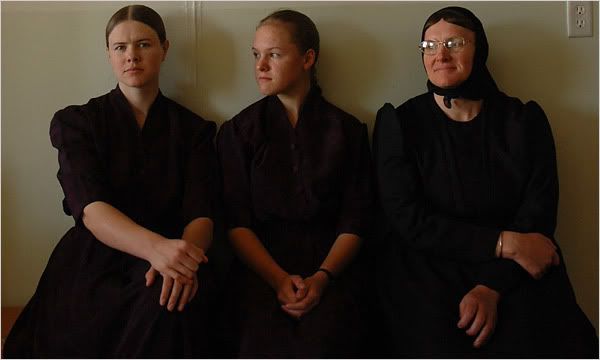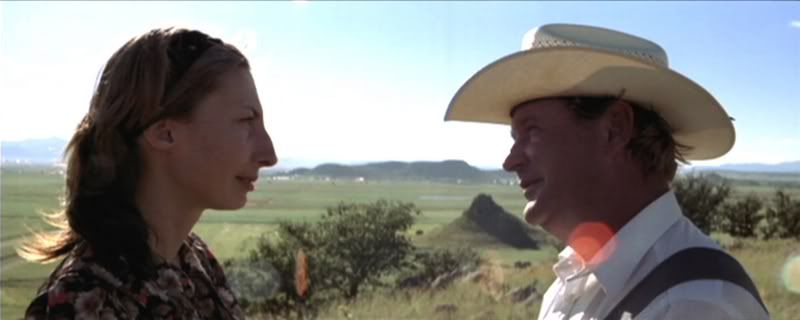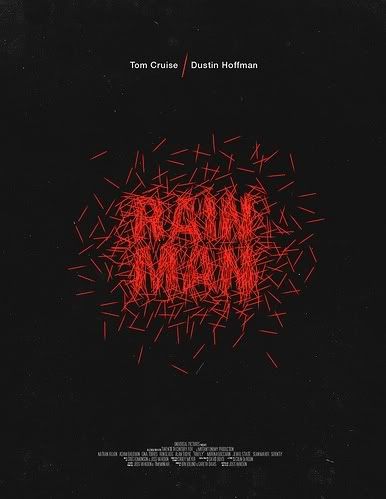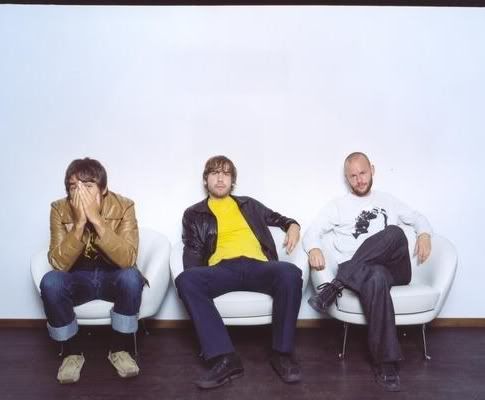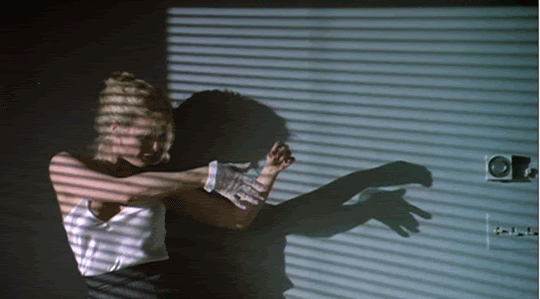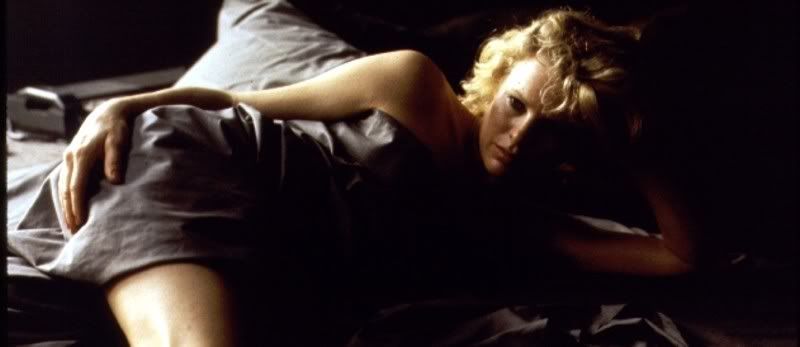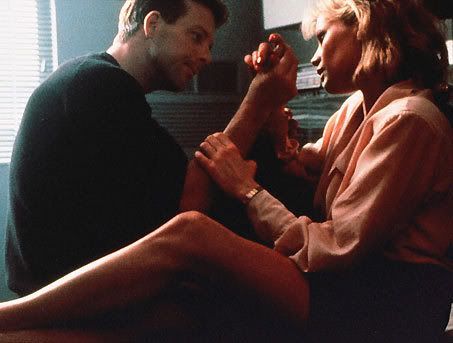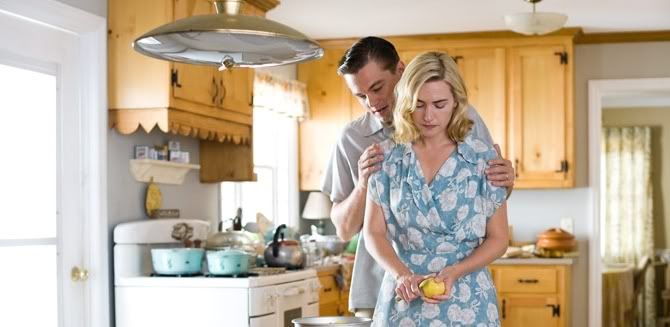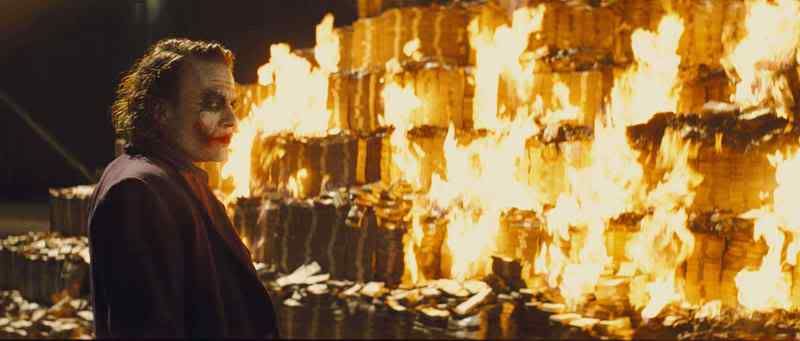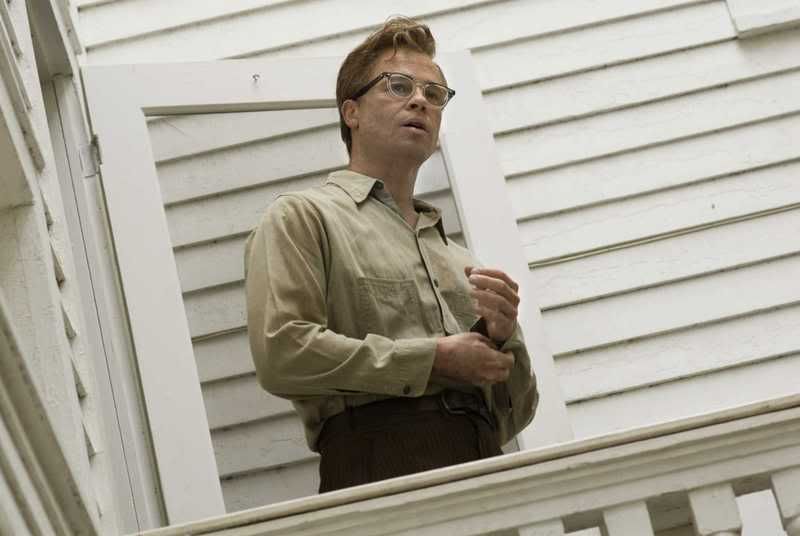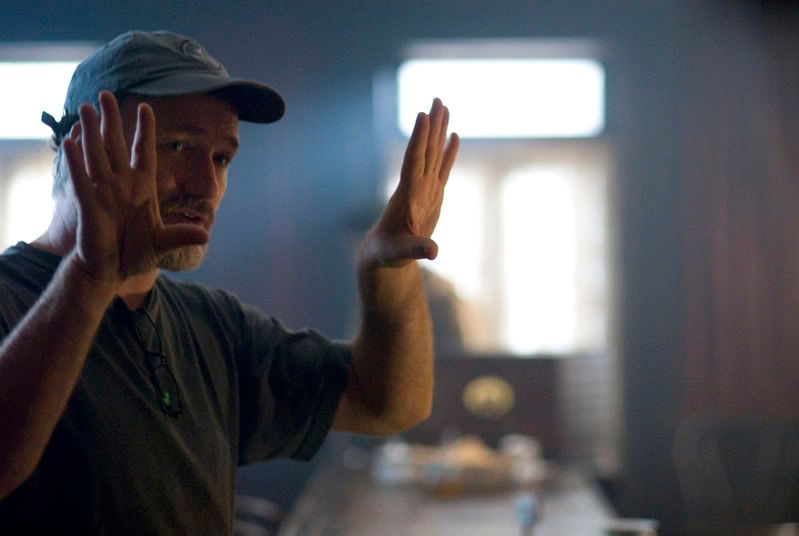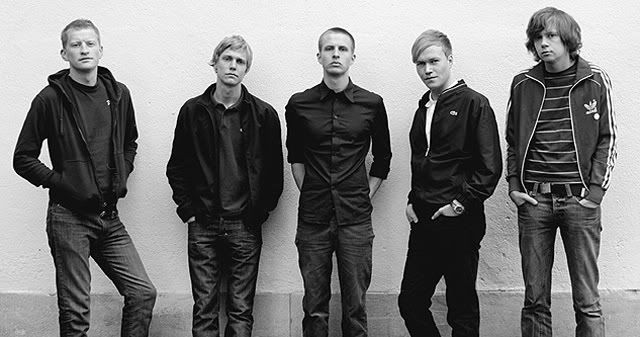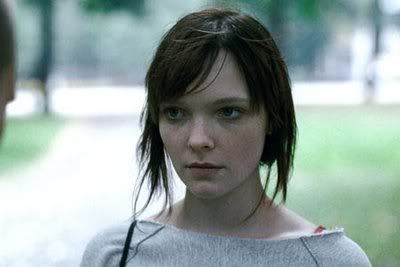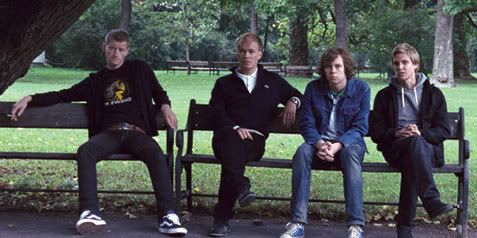 The impact of the close-up has lost its resonance in Hollywood as a tool of either establishing the myth of the star or in this post-modern film world subvert the image. It's the one part of the body that cannot lie for an actor and it's the one part that truly pulls us in as its captive audience. Very few contemporary actors, or movie stars for that matter, draw attention to their faces. Perhaps they don't want us to discover their facelift scars or the nerves in their foreheads deadened by Botox. One such actor (not quite movie star in its most pure definition) melds his rumpled, almost unrecognizable visage perfectly with that of a fallen star of sorts in his latest role. Former Hollywood bad boy Mickey Rourke is not quite the same Mickey Rourke many might remember from "Diner", "The Pope of Greenwich Village", "Angel Heart", or "9 1/2 Weeks." No longer the pretty boy with the streak of unpredictable intensity and raw sex appeal, Rourke's physical transformation in the past two decades has caused the leading man tough guy parts to morph into villainous supporting characters whose physicality are matched by their own moral ugliness. Years of substance abuse, a brief stint in professional boxing in the 90's, plastic surgery, and Bell's Palsy has caused Rourke's face to look collapsed, tightened, and eerily fragmented. The erosion of the smooth, baby face lines that initially were his ticket to instant sex symboldom now work in his favor for what is surely is comeback role in Darren Aronofsky's "The Wrestler."
The impact of the close-up has lost its resonance in Hollywood as a tool of either establishing the myth of the star or in this post-modern film world subvert the image. It's the one part of the body that cannot lie for an actor and it's the one part that truly pulls us in as its captive audience. Very few contemporary actors, or movie stars for that matter, draw attention to their faces. Perhaps they don't want us to discover their facelift scars or the nerves in their foreheads deadened by Botox. One such actor (not quite movie star in its most pure definition) melds his rumpled, almost unrecognizable visage perfectly with that of a fallen star of sorts in his latest role. Former Hollywood bad boy Mickey Rourke is not quite the same Mickey Rourke many might remember from "Diner", "The Pope of Greenwich Village", "Angel Heart", or "9 1/2 Weeks." No longer the pretty boy with the streak of unpredictable intensity and raw sex appeal, Rourke's physical transformation in the past two decades has caused the leading man tough guy parts to morph into villainous supporting characters whose physicality are matched by their own moral ugliness. Years of substance abuse, a brief stint in professional boxing in the 90's, plastic surgery, and Bell's Palsy has caused Rourke's face to look collapsed, tightened, and eerily fragmented. The erosion of the smooth, baby face lines that initially were his ticket to instant sex symboldom now work in his favor for what is surely is comeback role in Darren Aronofsky's "The Wrestler."
If Britney Spears and Robert Downey Jr. were able get their angel wings back in 2008, then Rourke is in the right to get his back as Randy "The Ram" Robinson. "The Wrestler" is the classic almost specifically Hollywood story of a fallen idol who feels more adept in the fantastical reality of the stage than capable of maintaining stability in the emotional reality of their own home. Sub Hollywood for professional wrestling and instead of Judy Garland you have Rourke. As a wrestler well beyond his prime living in a bleak trailer home in New Jersey, Randy is immediately sympathetic. His dreams and his looks have faded, but he keeps the myth alive that his audience still wants him around. It's for them that he will risk his life in order to satisfy them. Rourke beautifully plays him with such unabashed vulnerability that in some scenes you believe Rourke isn't so much acting but perhaps dealing with his own thrawarted dreams. Both he and Randy perform in patently artificial worlds of film and professional wrestling, but it's the illusion they want to keep alive. Randy will use an edge of a razor to cut his forehead to make his audience truly believe their hero bleeds for them. Rourke will beef up, wear a Jersey accent, and be photographed with grainy realism by cinematographer Maryse Alberti to sell the hat trick of his comeback performance. The duality of Rourke as an actor and Randy as a fictional character is a fascinatingly blurred indistinction that Aronofsky and Rourke seem content on playing with the audience, a game well played.
Aronofsky doesn't exploit Rourke as much as smartly cast an actor who can imbue the movie with some self-awareness and elevate it beyond its periodic sentimentality and well worn genre of the sports underdog. From the first frame of the film in which Rourke is shot from behind slumped over and deflated looking in a chair after a physically and psychologically taxing match. Like any good performer, the drain of exerting an intensity for the crowds to maintain interest and unwavering adoration has clearly taken its toll on Randy and Rourke. We don't get a close-up of Rourke's face for what feels like the first fifteen minutes of the movie; a wise decision on Arononfsky's part. We have to be eased into this new Rourke and to immediately show us the face that so many of us would be talking about would be a distraction from the earnest performance he's giving as well as the overall impact of the movie. It also prepares for the first reveal. A cascade of blonde hair frames his tanned, aged, pummeled-looking face. However, throughout the course of the film behind the transformation you get a sense that the former Rourke is there. It's almost as if he's wearing a mask that you think he's only wearing for the film, but this is how Rourke has rendered his face and the expectation that we'll ever see what his face could have looked like due to the natural process of aging is a mystery that will forever remain unsolved.
Carl Theodor Dryer's masterclass on the close-up in "The Passion of Joan of Arc" established what it could mean to constantly gaze into the face of an onscreen performer. There was something much more truthful about looking into Maria Falconetti's eyes or watching how her brows twitched than showing us a wide shot of a courtroom or holding cell. Gloria Swanson and Billy Wilder perfectly captured the notion of the tacit agreement between a movie star's face and the meaning achieved through this vessel to an audience in "Sunset Boulevard." Aronofsky finally gets at something more theoretical complex with the use of Rourke's face than technically complex, which has limited him in his previous films. Before the film's climax Randy gives a rousing speech performed rapturously by Rourke about although he can't make sense of the failed relationships in his own life (with his estranged daughter played shrilly by Evan Rachel Wood and a mom by day/stripped by night wonderfully played by Marisa Tomei), he can make sense of the diluted relationship between him and his audience, to which is met with thunderous applause.




